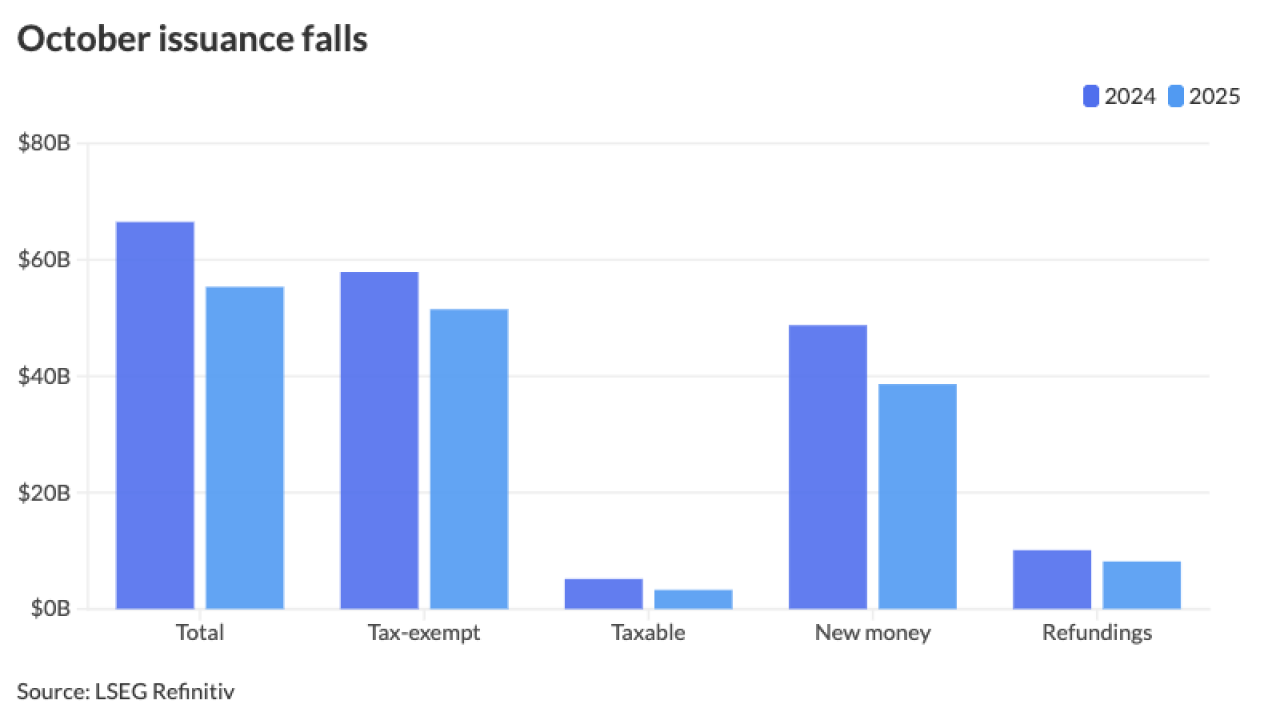
SAN FRANCISCO — The proposed Honolulu High-Capacity Transit Corridor Project could cost $2 billion and trigger some bond issuance by early 2008 or 2009, when an environmental impact study would begin, according to Ann Kobayashi, chair of the City Council’s budget committee.
Officials had planned to build the project with cash generated by an added half percentage point above the state’s excise tax, but anticipating that the cost has increased, bonds are now expected to finance some part of the project.
“The consultant hired by the administration said this would cost close to $2 billion, because the price of steel has gone up and so have construction costs. So we’ll probably issue bonds as early as 2008 or 2009, probably for the environmental impact statement, because it’s so expensive,” said Kobayashi.
In the interim, the Honolulu city and county government has a year-end deadline for reaching agreement on what specific type of transit system to build and how to levy an additional half percentage point increase on the excise tax beginning this coming January 1.
A major obstacle toward the latter goal was overcome this week with Gov. Linda Lingle’s agreement to cooperate with the Honolulu City Council on how to collect the tax, ending her disagreement with local officials.
The conflict stemmed from Lingle’s 2005 agreement with Honolulu Mayor Mufi Hannemann, state Senate President Robert Bunda, and House Speaker Calvin Say that the Hawaii Legislature would strive to enact legislation transferring to the counties the responsibility for collecting the excise tax.
With that agreement, Lingle allowed to become law without her signature a bill authorizing counties to add the half point to the state’s excise tax raising it to 4.5% in Honolulu County in order to finance mass transit projects, reversing an earlier veto threat.
But no bill to transfer the tax-collection responsibilities passed during the 2006 legislative session.
The original bill from 2005 gave all Hawaii counties the option of imposing a local excise tax, but the only one to do so was Honolulu County, which encompasses the island of Oahu. That law says the new tax will be collected by the state Department of Taxation and passed on to Honolulu, minus a 10% collection fee.
The tax increase is projected to raise $150 million, which after the fee would yield $135 million annually to the county, according to information presented in the legislature during the debate on the legislation.
All parties were still working yesterday on determining exactly how the tax will be collected.Some funding for the transit corridor efforts and the environmental impact statement could come from a $250,000 federal appropriation that passed the U.S. House on June 14, according Rep. Neil Abercrombie, D-Hawaii.
Should this funding measure pass the U.S. Senate and be signed into law in the fall, the money could go toward establishing a system for collecting the new excise tax, said Kobayashi.
The director of Hawaii’s Department of Taxation, Kurt Kawafuchi, has said that implementing the new excise tax calls for hardware and software, plus staffing, costing up to $13 million.
In order for the technology installation to proceed, $5 million must be paid up front, and without any state legislation in 2006, that money will now have to come from the City and County of Honolulu, which would be reimbursed by the state, Kobayashi said. A commitment to pay that $5 million up front is scheduled for a vote by the Honolulu City Council this Thursday.
The high-capacity transit corridor is focused on addressing congestion in Oahu’s fastest growing area, the east-west corridor between Kapolei and the University of Hawaii at Manoa.
The project continues to solicit public opinion through community meetings and a Web site, http://www.honolulutransit.org. According to a March 2006 update on the project Web site, technical studies of the design of the project, its costs, and traffic and transit ridership forecasts are ongoing. An analysis of possible alternatives for the project is due this fall, while selection of the locally preferred alternative is slated for year end.
To meet these goals, the state has hired infrastructure consultant of Parsons Brinckerhoff to study what type of transit is most favored by residents.
“At this point, we’re thinking either an elevated train or an elevated highway, but we’re not sure,” said Kobayashi. “We want to know what we’re funding before we start collecting the excise tax.”
In order to speed up the reporting, she said that the Honolulu City Council is debating whether to hire its own consultant to evaluate possible transportation alternatives, because Parsons Brinckerhoff won’t likely publish a report on the topic until the middle of October.





